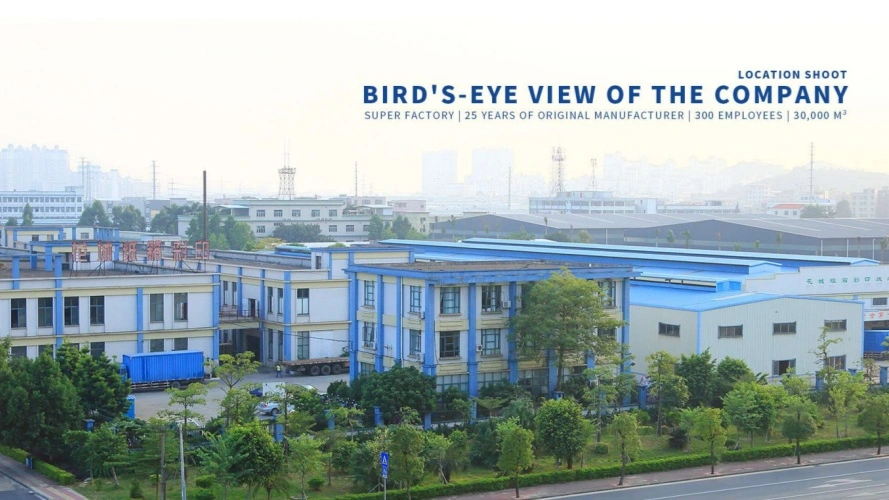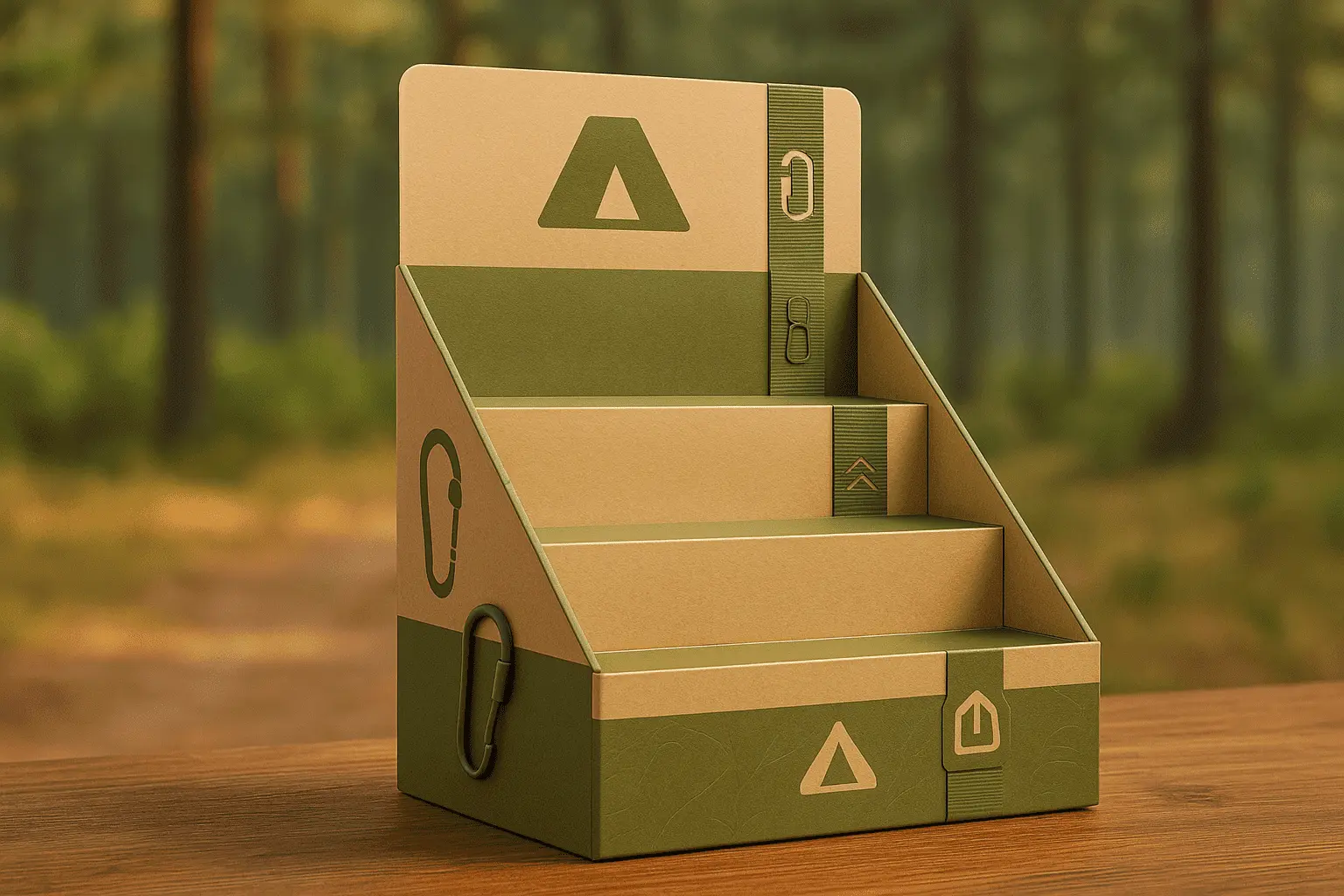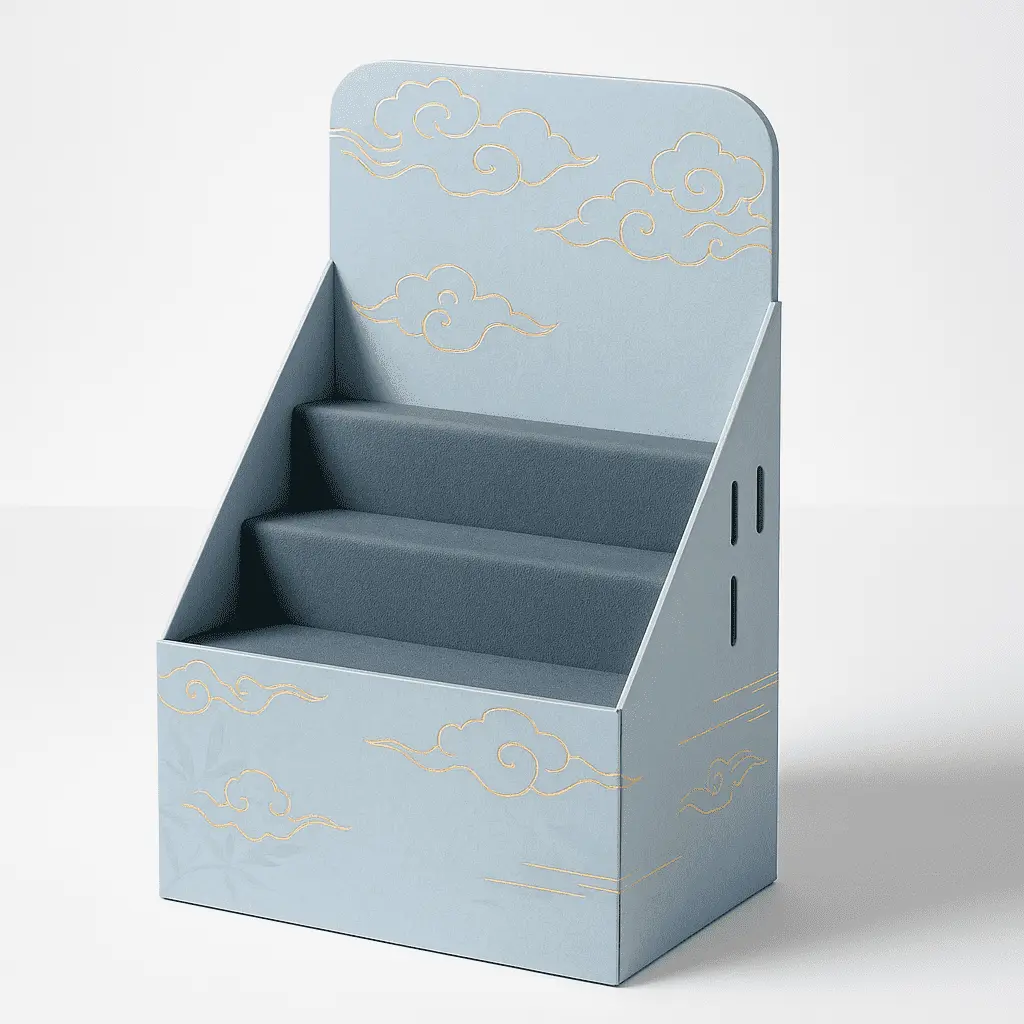The Anatomy of a Pizza Box: Key Design Elements
Square Shape: Practicality Meets Tradition
The iconic square shape of pizza boxes isn't just a nod to tradition; it's a practical solution to several challenges. This design allows for easy stacking, efficient storage, and stable transportation. The square format also accommodates various pizza sizes, from personal pies to family-sized feasts. Interestingly, the square box for a round pizza creates corner spaces that serve as built-in handles, making it easier to carry without squeezing the box and potentially damaging the contents.
Corrugated Cardboard: Strength and Insulation
Most pizza boxes are crafted from corrugated cardboard, a material chosen for its strength, insulation properties, and cost-effectiveness. The corrugated structure, with its wavy middle layer sandwiched between two flat layers, provides excellent insulation to keep the pizza warm. This design also offers structural integrity, allowing the box to withstand the weight of the pizza and any potential stacking during delivery. The cardboard's porous nature helps absorb excess moisture, contributing to maintaining the pizza's crispy texture.
Ventilation Holes: Balancing Moisture and Heat
Those small holes or slits you see on pizza boxes play a crucial role in maintaining pizza quality. These ventilation features allow excess steam to escape, preventing the accumulation of moisture that could make the crust soggy. However, the size and placement of these holes are carefully calculated to release just enough steam without letting too much heat escape. This delicate balance ensures that your pizza arrives at the perfect temperature and texture, neither too dry nor too soggy.
Functional Features: Beyond Basic Containment
Grease-Resistant Coatings: Keeping It Clean
Many pizza boxes incorporate grease-resistant coatings or liners. This feature prevents oil and grease from seeping through the cardboard, maintaining the box's structural integrity and keeping your hands and surfaces clean. Some advanced designs use food-grade materials that can withstand high temperatures and resist oil penetration, ensuring that the box remains sturdy even with a piping hot, cheesy pizza inside.
Fold-Out Legs: Improvised Table Solution
Some innovative pizza box designs include fold-out legs. This clever feature transforms the box into a mini-table, perfect for outdoor dining or casual settings where table space is limited. These legs, usually made by perforating and folding parts of the box bottom, provide stability and elevate the pizza, making it easier to serve and eat directly from the box.
Tear-Away Lid Designs: Serving Made Simple
Another functional feature found in some pizza boxes is the tear-away lid design. This allows the top of the box to be easily removed, turning the bottom into an impromptu serving tray. This design is particularly useful for parties or gatherings, as it eliminates the need for additional plates and makes serving and clean-up more convenient.
Environmental Considerations in Pizza Box Design
Recyclability: Balancing Function with Eco-Friendliness
As environmental concerns grow, pizza box designers are increasingly focusing on recyclability. While traditional pizza boxes with grease stains were often non-recyclable, new designs and materials are addressing this issue. Some boxes now feature removable liners that can be separated from the clean cardboard for recycling. Others use materials that are more easily recycled even when lightly soiled with grease.
Sustainable Materials: Exploring Alternatives
The quest for sustainability has led to experimentation with alternative materials for pizza boxes. Some companies are exploring options like bamboo, sugarcane fiber, or recycled paper products. These materials aim to reduce the environmental impact while maintaining the necessary strength and insulation properties. The challenge lies in finding alternatives that are cost-effective and can be produced at scale without compromising on functionality.
Minimalist Designs: Reducing Material Usage
Another approach to eco-friendly pizza box design is minimalism. Some innovative designs reduce the amount of material used without sacrificing functionality. This might involve thinner cardboard, strategically placed reinforcements, or even redesigning the box shape to use less material overall. These minimalist designs not only reduce waste but can also lead to cost savings in production and transportation.
Conclusion
The humble pizza box is a testament to the ingenuity of packaging design. Its structure and function are the results of careful consideration of various factors including heat retention, moisture control, durability, and ease of use. As we move towards a more sustainable future, pizza box design continues to evolve, balancing traditional functionality with environmental concerns. From corrugated cardboard to ventilation holes, every aspect of the pizza box is engineered to ensure that your favorite pie arrives in perfect condition, ready to be enjoyed.
Contact Us
Are you looking for innovative packaging solutions for your food products? At Guangzhou Huadu Fetching Color Printing and Packaging Co., Ltd., we specialize in creating custom packaging that combines functionality with sustainability. Let us help you design the perfect packaging for your product. Contact us today at support@fetchingprinting.com to discuss your packaging needs and discover how we can elevate your product presentation.





